How AAA Games Build Realism with Photogrammetry
Explore how Black Myth: Wukong, God of War, and Uncharted use photogrammetry to build breathtaking realism—and how you can do the same for your own 3D assets.
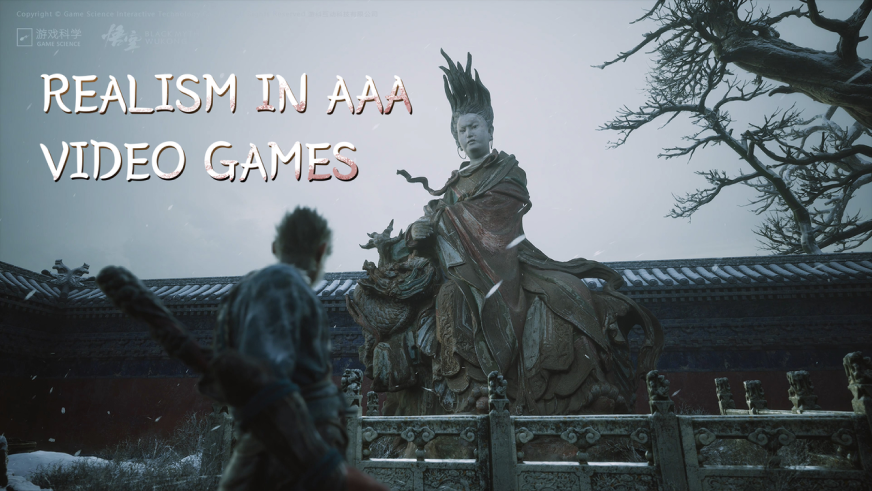
Introduction
Video games have become a major form of narration and has elevated itself from being a mere form of entertainment to a widely celebrated expression of art in the past few decades. With the recent release of the major AAA game Black Myth: Wukong, the game has achieved a level of visual perfection that has generated many conversations surrounding realism within video games.
A standout video game is just an empty shell without solid worldbuilding and compelling storytelling. This combination creates the core soul of the game, which gives players a purpose to continue investing time and effort into the gameplay. Titles such as God of War and Uncharteduse storytelling greatly to their advantage, offering cinematic-like experiences within interactive worlds. Yet, these games will not have created the impact that they have without their stunning visuals, which is completed via a combination of camera manipulation, environment lighting, and most importantly, realistic 3D depiction.
With the release of Black Myth: Wukong, the realistic genre of video games has once again risen to the top in a market saturated with stylized titles. While equally impressive, many enthusiasts argue that realistic games will always offer the most engaging experiences when it comes to full on immersion in contrast with stylized video games.
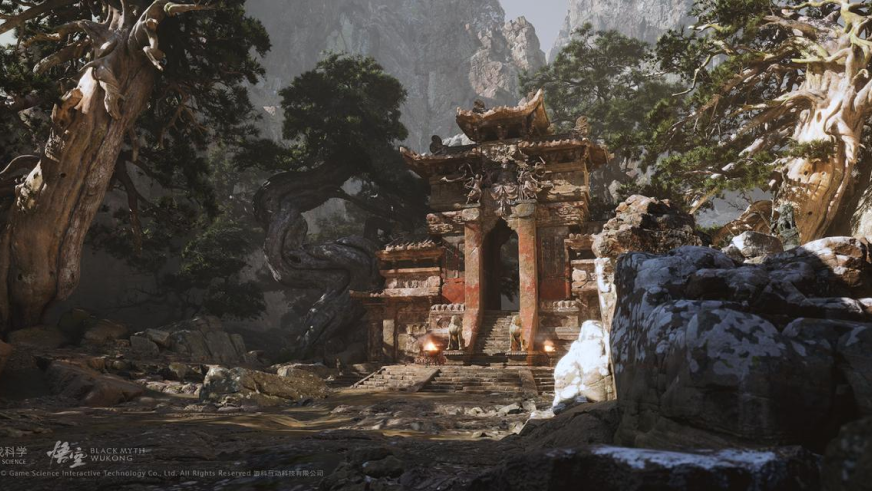
The commercial success of Black Myth: Wukong is largely due to the completeness of the title, in ways that it not only stands out in terms of gameplay and level design, but also the realistic environment compositions that effectively showcase intricate traditional Chinese sculptures and artifacts like no other media ever before.
While modeling the assets that aid immersion is crucial to building these environments, the assets are nonetheless depictions of objects from real life, if not, digital copies of the physical objects themselves.
The handy method of transporting real life objects into the digital realm is photogrammetry, where a set of photos are taken around a given subject, then a powerful algorithm will align the unique features of the subject found in each image to reconstruct a 3D model.
Professionals have been using this method to obtain high-fidelity 3D models for some time now, making it a time-saving tested method for creating assets. So, today we'll take a look at why 3D scanning with photogrammetry is an excellent choice for game assets, and how you can create models just like the ones seen in major AAA games yourself with very little effort.
How Game Science (Black Myth: Wukong Developers) Achieved Visual Greatness
The initial stages of development for Black Myth: Wukong were rough, as the developers wanted to portray the unexplored traditional Chinese monuments and establishments in a realistic manner, but realistic 3D assets of such kind found online were far from enough to reach the goal they had in mind.
Game Science quickly resorted to the alternative method of 3D scanning, as this method allowed them to quickly gather detailed, realistic, and accurate assets to restore the various fabled visualizations in the game.
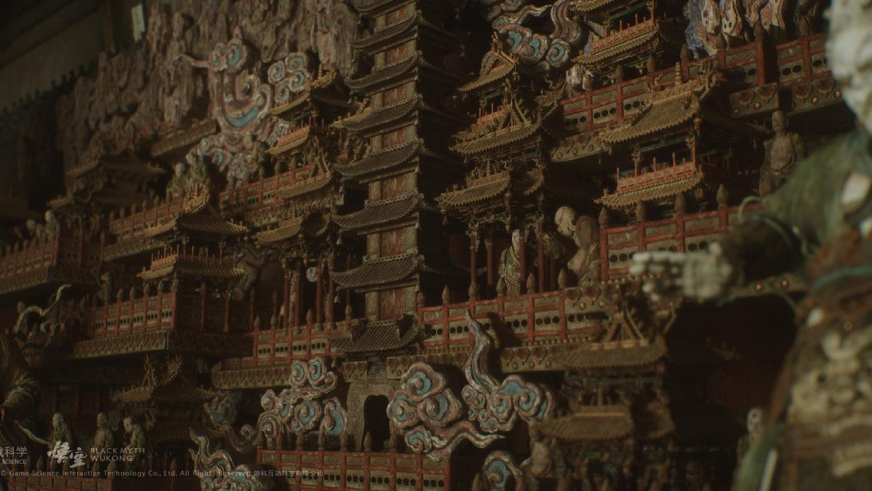
Starting out as a small team, the developers severely lacked monetary support as well as recognition for developing a triple-A title in a market saturated with gacha games and online multiplayers. Realizing that they can never reach the full potential of development by merely dedicating the entire team working relentlessly in solitude, Game Science decided to make a progess-portraying gameplay trailer of the game Black Myth: Wukong to advertise this title and to draw attention from investors as well as talented artists.
The initial trailer blew up on every major video platform, and it was the one of the most successful marketing campaigns that any game developing company has ever performed. Game Science not only attracted numerous investors, but also received support from provicial governments across China for them to take advantage of their historical sites. Consequently, the released game features numerous traces of historical establishments in China, especially abundant in the Shanxi Province.
Being able to take advantage of 3D scanning, specifically photogrammetry, not only saved the game studio a tremendous amount of time but also effectively merges corners of the world into a medium of art that players can witness without having to travel to their physical locations.

How Photogrammetry Works
The importance of 3D models within 3D AAA games is apparent, but many junior developers have no experience in 3D modeling, which may take years to learn and perfect. Utilizing 3D scanning with photogrammetry has drastically reduced the learning curve with familiarizing the world of 3D and allows developers to invest more time into learning the other intricacies of game development. Even for experienced developers and 3D artists, photogrammetry is a great tool for creating realistic assets with high fidelity, achieving complexity in model details that may otherwise take days or weeks to manually craft.
Photogrammetry is also a great way to preserve monuments and historical sites. The restoration of Paris' Notre Dame Cathedral was aided by using Ubisoft's scan data of the original game initially used for their game Assassin's Creed: Unity.
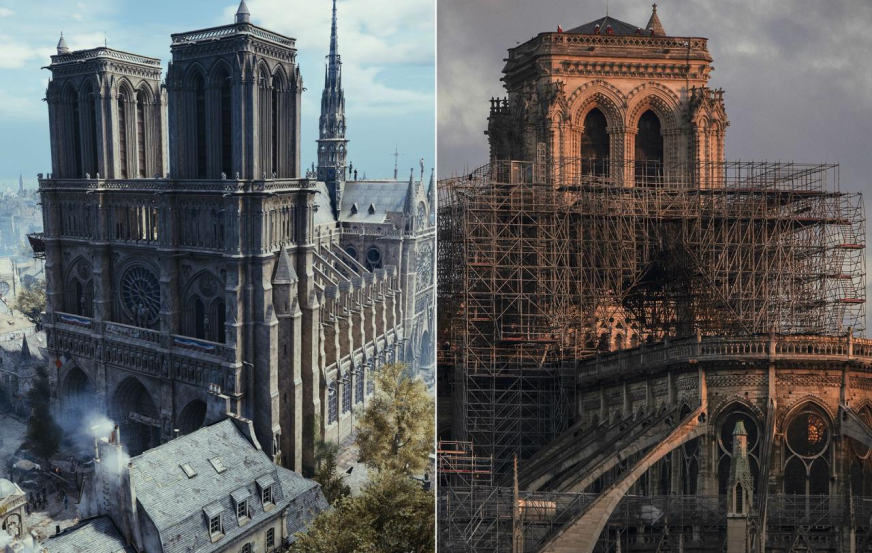
So, what is this technology that achieves such great results with little effort and how exactly does it work?
Like mentioned before, photogrammetry is the technology that analyzes the unique features from a set of photos taken around a subject, which then reconstructs these features into a surface mesh. In essence, the algorithm processes images and stitches them together to create a 'digital replica' of objects from the physical world. This technology has come a long way since its initial use cases and is widely used in professional realms such as game development and film production.
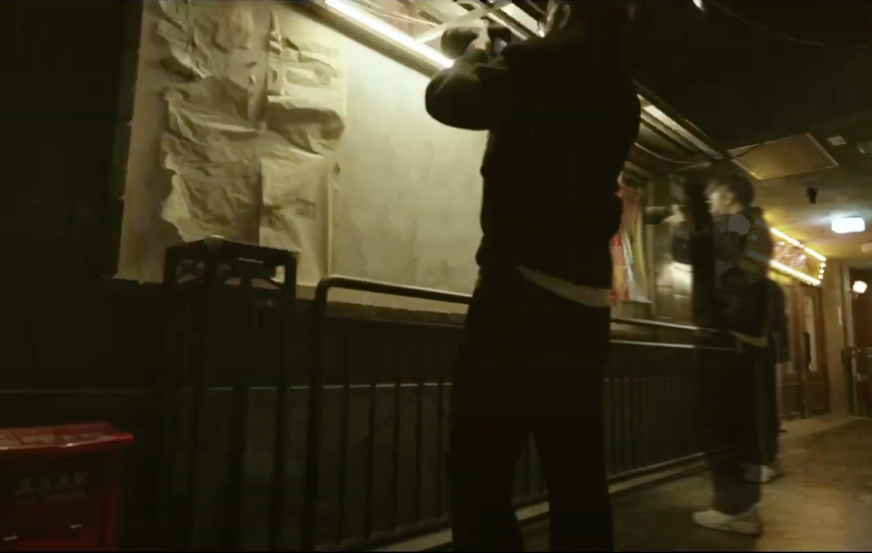
The rising popularity of this technology has been a huge time saver for creators across the world, and many companies, including KIRI Innovations, have integrated photogrammetry into their unique programs.
There are limitations to photogrammetry, though, as it relies on the unique "feature points" on the subjects' surfaces, which makes objects such as statues and dusty artifacts the perfect items to scan. However, the algorithm will inherently struggle to scan objects with inconsistent features, especially shiny, reflective, or transparent surfaces. Luckily, KIRI Engine has not only a photogrammetry algorithm but also a unique 'Featureless Object Scan' to combat objects of shiny, refelctive, or transparent nature. For the sake of this article, which aims to break down getting ultra-realistic 3D models dedicated for game development, we will only look into capturing assets with photogrammetry alone, so let's take a look at how KIRI Engine does it.
How KIRI Engine uses Photogrammetry
KIRI Engine is a comprehensive 3D scanner app that is available on Android, iOS, and the web. The photogrammetry algorithm, the standout technology behind Photo Scan, allows users to scan anywhere and turn any interesting featureful objects into gorgeous 3D models.
The 3D asset creation and exporting process has never been made easier. Simply snap photos around a subject from multiple perspectives, and upload them to the KIRI Engine server for processing. Shortly after, a detailed 3D model will be generated.
The accessibility of creating life-like models on KIRI Engine is paired with a user-friendly interface, ensuring that anyone can start creating professional-grade 3D assets. KIRI Engine offers editing tools and advanced controls such as Quad Mesh Retopology as well as PBR Texture Export.
As KIRI Engine is available on mobile, it makes the app a great tool for scanning on the go while traveling and visiting historical establishments or admiring monumental sculptures. The visuals can be directly transformed into 3D assets that can become the next crucial aritifact or symbol in the game you build.
As everything is created efficiently and stored on the cloud, a rich 3D asset library can be built by just taking photos around objects, and in addition, there are featured 3D models handpicked by KIRI's staff for anyone to download and use, which is another great way to gather amazing 3D assets for game development purposes.
Whether you’re just starting out in game development or have quite some experience, 3D scanning is a technology that you do not want to miss in your creative process! So what’s the wait? Try KIRI Engine, start creating for free, and see for yourself the amazing results!
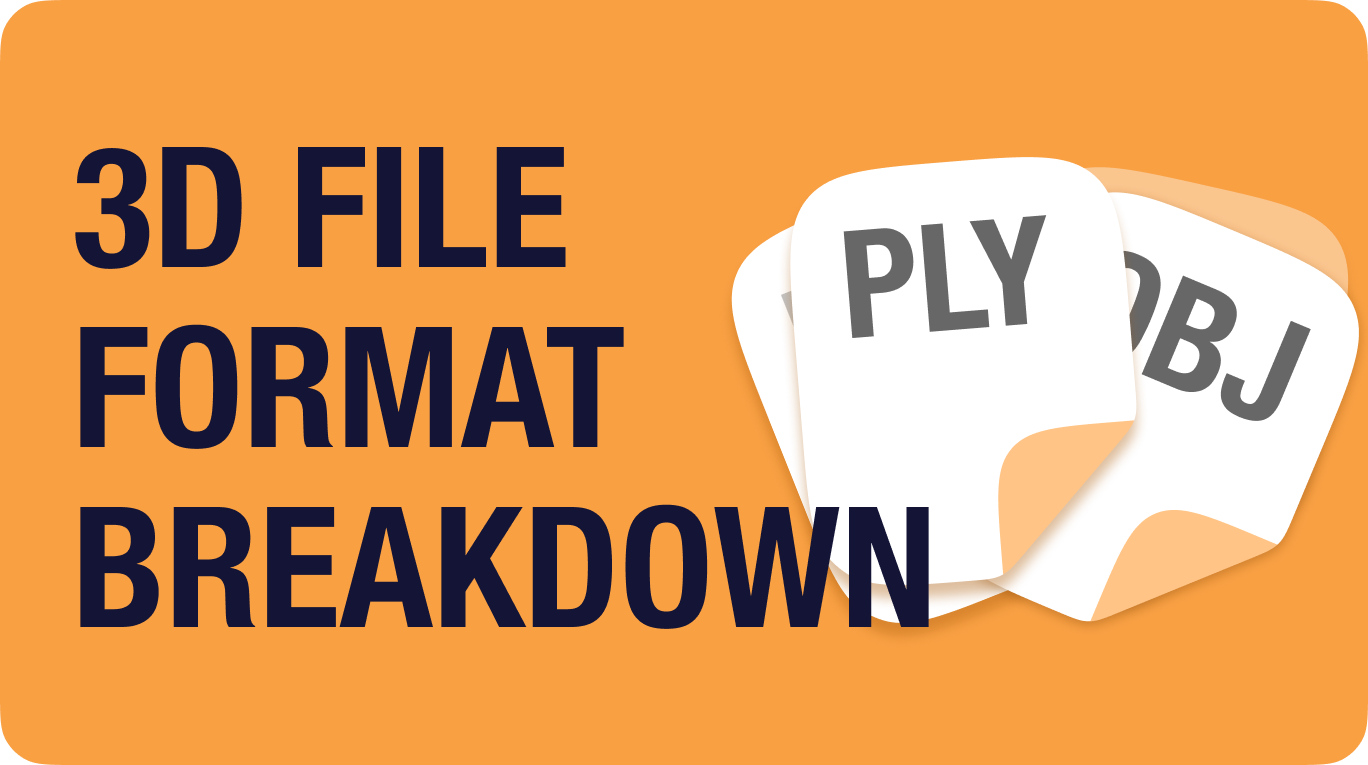 Explained
Explained3D file formats: what are they and which one to choose?
 Jack Wang · Feb 9, 2023
Jack Wang · Feb 9, 2023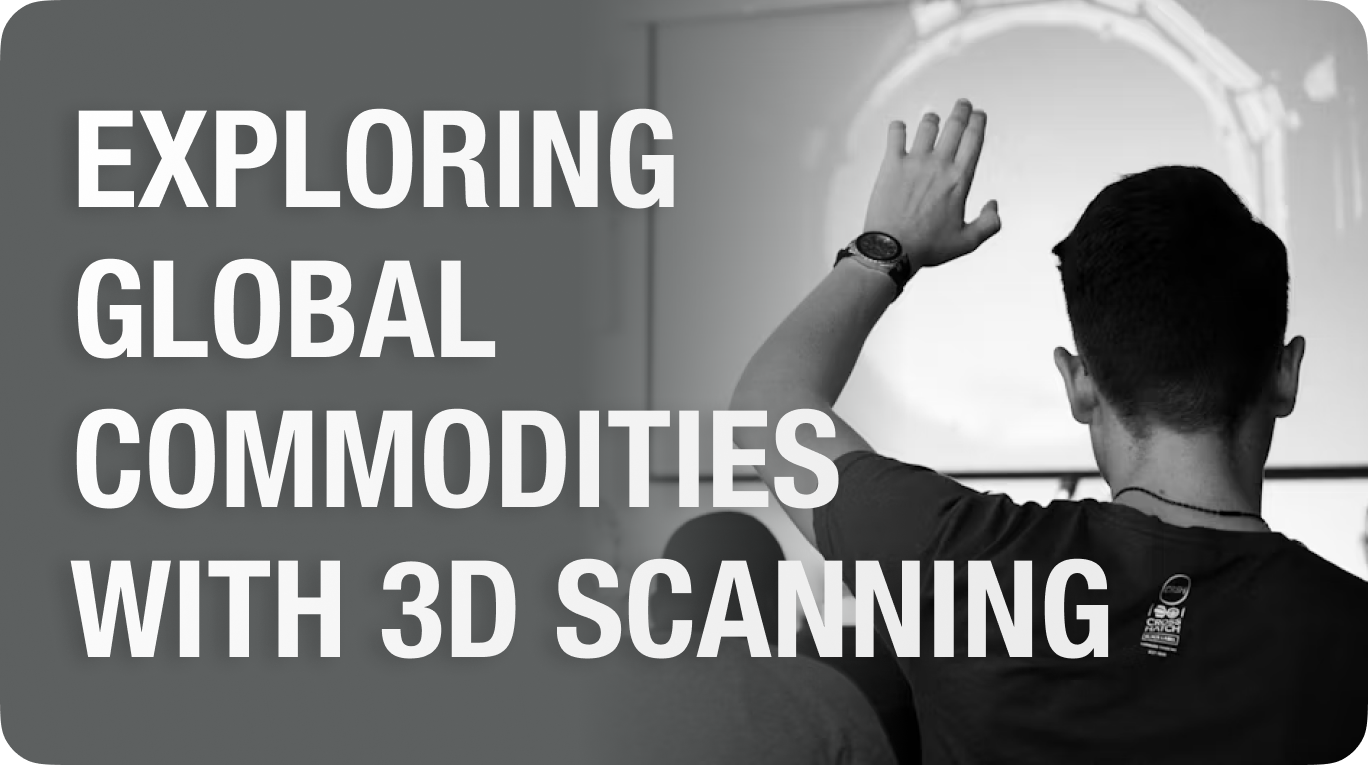 Community Highlight
Community HighlightExploring Global Commodities: How I Found a Way to Engage Undergrads through 3D Scanning
 Jack Wang · Mar 15, 2023
Jack Wang · Mar 15, 2023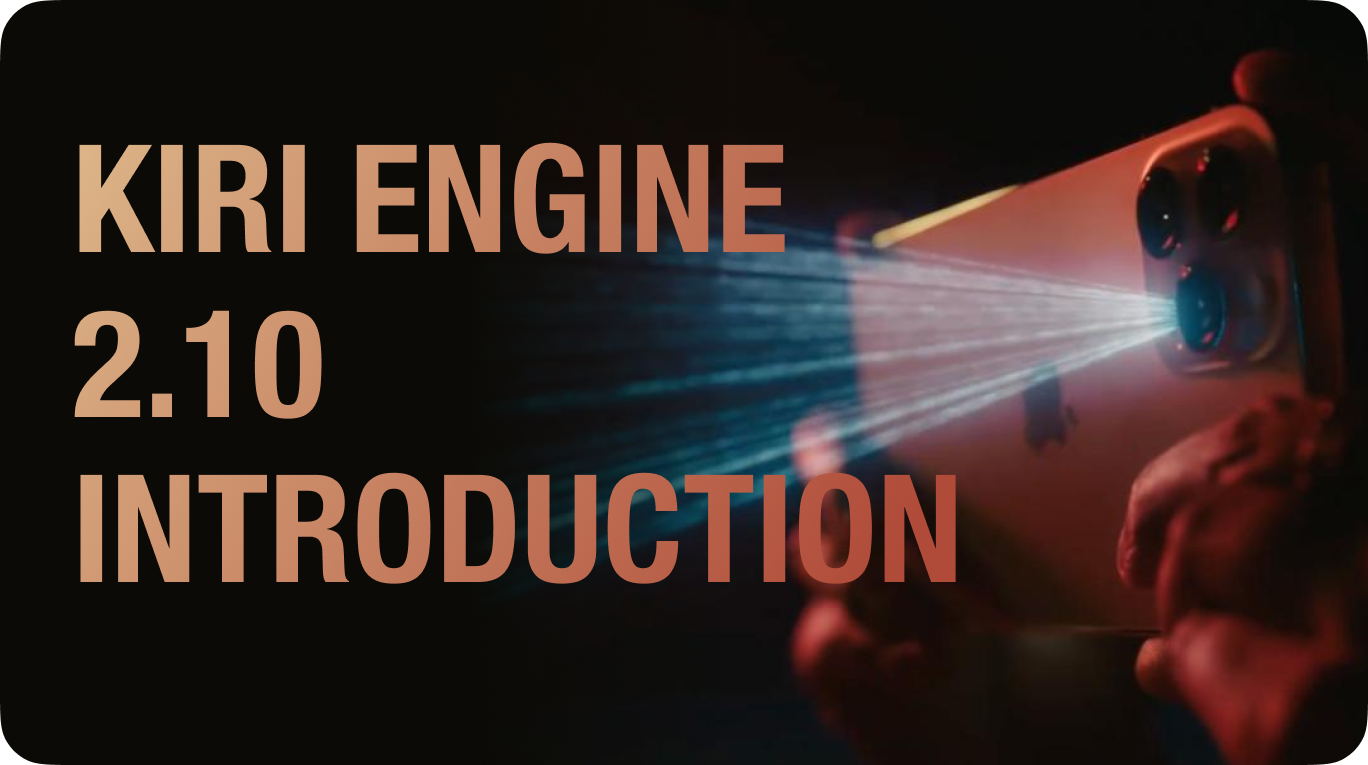 Announcement
AnnouncementUnlocking the Future of 3D Scanning with LiDAR Technology: Introducing Version 2.10
 KIRI Team · Sep 13, 2023
KIRI Team · Sep 13, 2023